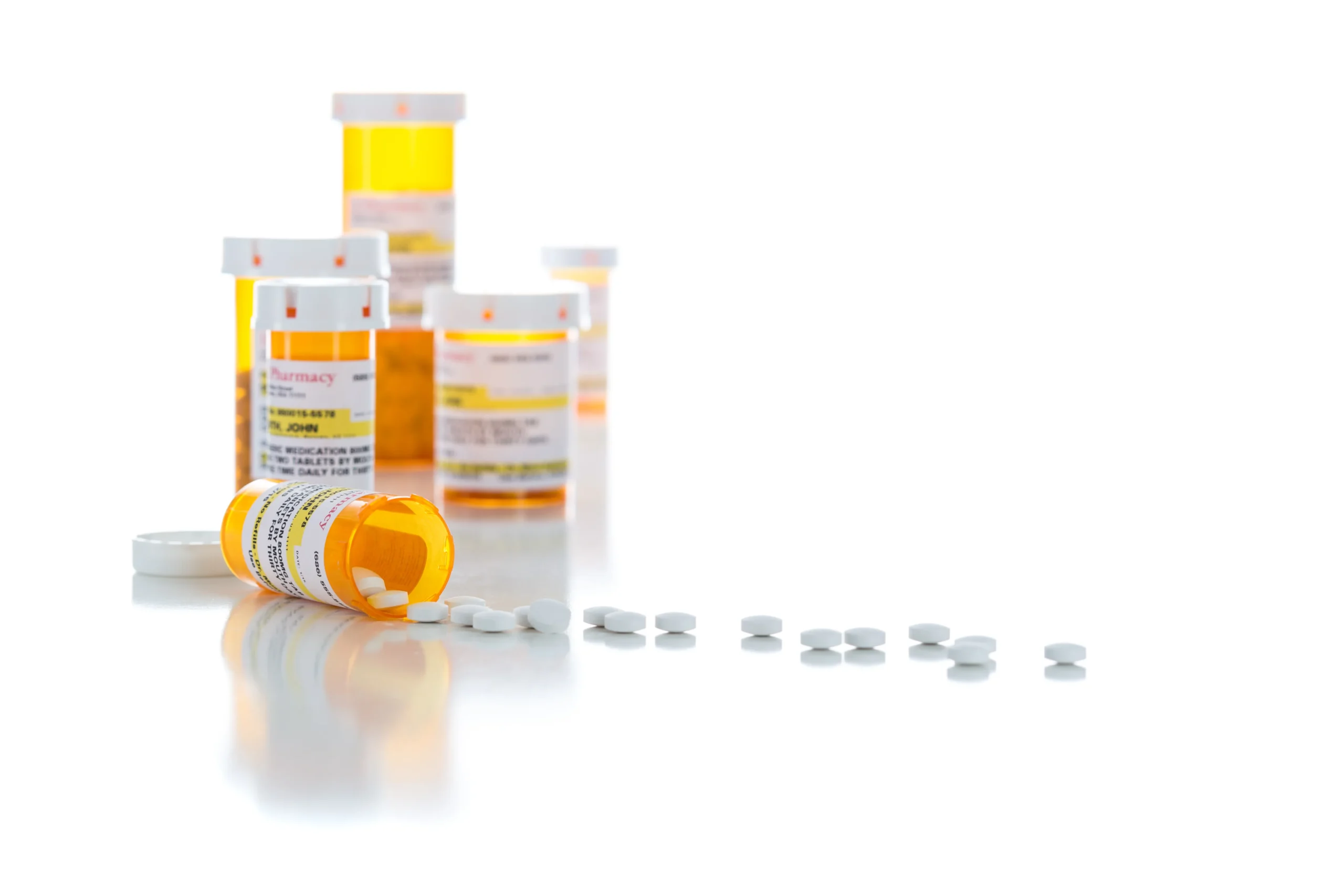Our Medicare Prescription Plan Services
We understand that the cost of prescription medications can place a significant burden on seniors, especially those living on fixed incomes.

That's why we offer a range of Medicare Part D prescription drug plans designed to meet your unique needs and budget. Whether you're managing a chronic condition or simply need occasional prescriptions, our team will work tirelessly to find the right plan for you, providing peace of mind and financial relief.
Receive Our Medicare 101 Guide

Prescription Formularies & Tiers
Medicare Formularies
Think of a formulary as a list of prescription drugs covered by your Medicare Part D plan. Each plan has its own formulary, which outlines the specific medications it covers. These formularies are created by insurance companies and approved by Medicare. Formularies typically include generic and brand-name drugs, but not every medication will be covered.
Prescription Tiers
Within a Medicare formulary, drugs are often grouped into tiers based on their cost and how they're covered by your plan. The tier a drug is placed in determines how much you'll pay out of pocket when you fill a prescription.

Copayments
A copayment is a fixed amount you pay for a prescription medication when you pick it up from the pharmacy.
Your copayment may vary depending on the tier of the drug as well as your specific Medicare Part D plan. For example, you might have a $10 copayment for Tier 1 generic drugs and a $40 copayment for Tier 3 brand-name drugs. Copayments help share the cost of medications between you and your insurance company.
Coverage Gaps
Medicare Part D plans include what's known as the "coverage gap" or "donut hole."
This is a period where you may have to pay more for your prescription drugs out of pocket. Once you and your plan have spent a certain amount on covered medications for the year (reaching the initial coverage limit), you enter the coverage gap. During this time, you'll typically pay a percentage of the cost of your medications until you reach a certain out-of-pocket threshold. After that, catastrophic coverage kicks in, and your costs decrease significantly.



